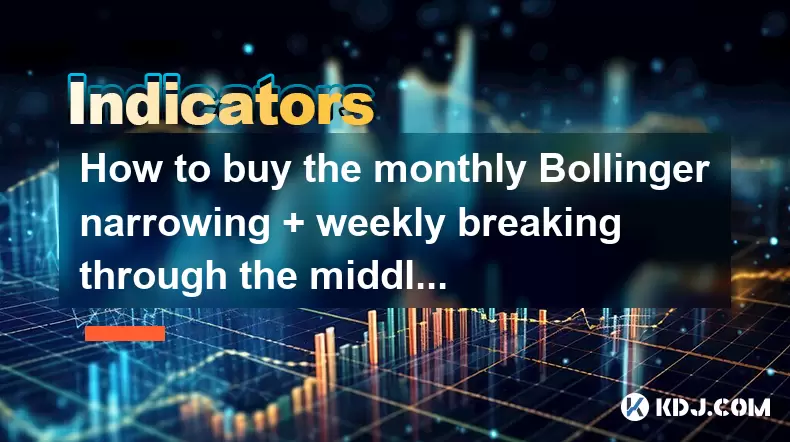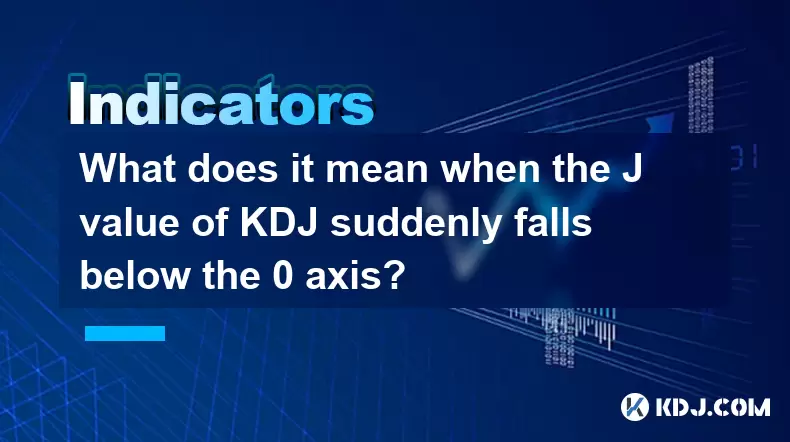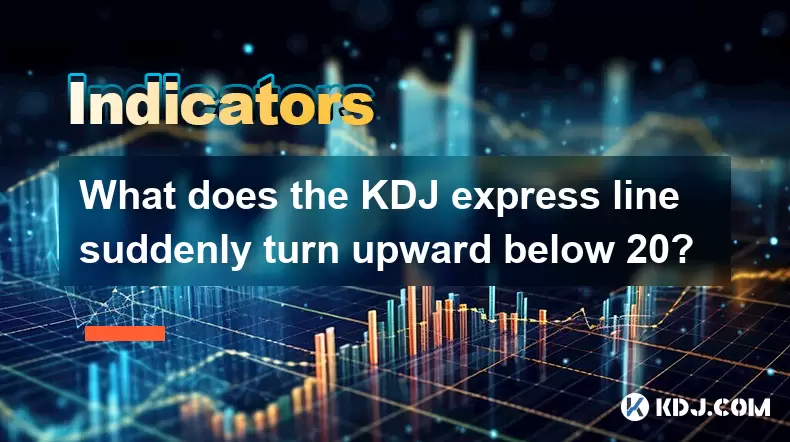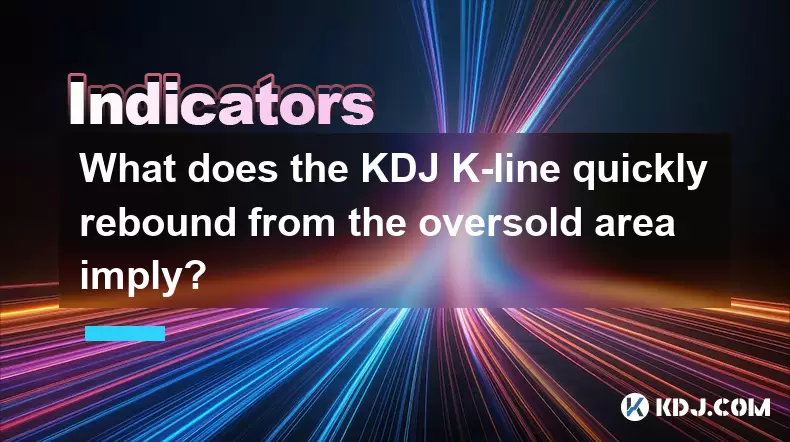-
 Bitcoin
Bitcoin $115100
-2.99% -
 Ethereum
Ethereum $3642
-1.38% -
 XRP
XRP $3.027
-5.51% -
 Tether USDt
Tether USDt $1.000
-0.05% -
 BNB
BNB $763.4
-1.32% -
 Solana
Solana $177.2
-5.42% -
 USDC
USDC $0.9999
-0.02% -
 Dogecoin
Dogecoin $0.2247
-6.47% -
 TRON
TRON $0.3135
0.23% -
 Cardano
Cardano $0.7824
-4.46% -
 Hyperliquid
Hyperliquid $42.53
-0.97% -
 Stellar
Stellar $0.4096
-6.09% -
 Sui
Sui $3.662
-2.61% -
 Chainlink
Chainlink $17.63
-3.57% -
 Bitcoin Cash
Bitcoin Cash $536.3
2.94% -
 Hedera
Hedera $0.2450
0.34% -
 Avalanche
Avalanche $23.23
-3.15% -
 Litecoin
Litecoin $112.2
-1.23% -
 UNUS SED LEO
UNUS SED LEO $8.976
-0.30% -
 Shiba Inu
Shiba Inu $0.00001341
-2.72% -
 Toncoin
Toncoin $3.101
-2.44% -
 Ethena USDe
Ethena USDe $1.001
-0.05% -
 Uniswap
Uniswap $10.08
-1.97% -
 Polkadot
Polkadot $3.938
-2.77% -
 Monero
Monero $323.9
0.87% -
 Dai
Dai $0.9999
-0.02% -
 Bitget Token
Bitget Token $4.481
-1.69% -
 Pepe
Pepe $0.00001199
-5.94% -
 Aave
Aave $288.2
-0.68% -
 Cronos
Cronos $0.1279
0.36%
How to buy the monthly Bollinger narrowing + weekly breaking through the middle track + daily long Yang reverse?
A monthly Bollinger squeeze, weekly close above the 20 SMA, and a strong daily bullish candle confirm a high-probability reversal entry in this crypto strategy.
Jul 24, 2025 at 04:28 pm

Understanding the Strategy: Bollinger Bands and Multi-Timeframe Analysis
The strategy described in the title combines multi-timeframe technical analysis with Bollinger Bands indicators to identify high-probability reversal entries in cryptocurrency trading. The core idea is to use monthly, weekly, and daily charts in tandem to filter out noise and confirm trend reversals. The term "monthly Bollinger narrowing" refers to a contraction in the bandwidth of the Bollinger Bands on the monthly timeframe, which often precedes a breakout due to decreasing volatility. This compression suggests that a significant price move is likely imminent. When combined with a weekly breakout above the middle Bollinger Band (20-period SMA), it adds confirmation of a shift in momentum. The final trigger is a daily long Yang candle (a strong bullish candle) that closes significantly higher, indicating buyer dominance and potential trend reversal.
Setting Up the Chart: Timeframes and Indicators
To execute this strategy, traders must set up three separate charts for the same cryptocurrency pair (e.g., BTC/USDT). Each chart should display Bollinger Bands (20,2) — the standard setting with a 20-period simple moving average and 2 standard deviations.
- On the monthly chart, observe the Bollinger Band width. A narrowing occurs when the upper and lower bands converge, indicating low volatility. This is often measured using the Bollinger Band Width (BBW) indicator, which plots the difference between the upper and lower bands. A declining BBW line confirms the squeeze.
- On the weekly chart, monitor whether the price has closed above the middle Bollinger Band (20 SMA). This breakout must be confirmed with a full candle close, not just an intraday spike.
- On the daily chart, look for a long bullish candle (Yang candle) that opens near the low and closes near the high, with minimal upper wick. This candle should appear after a downtrend or consolidation, reinforcing the reversal signal.
Step-by-Step Entry Confirmation
Before placing a trade, all three conditions must be met simultaneously.
- Ensure the monthly Bollinger Bands are narrowing, which can be visually confirmed or validated using the BBW indicator dropping below recent levels.
- Confirm that the weekly candle has closed above the middle Bollinger Band. For example, if the current week’s candle closes above the 20 SMA, this condition is satisfied.
- Wait for the daily chart to form a long bullish candle that breaks key resistance or closes above the previous candle’s high. This candle should show strong buying pressure, ideally with above-average volume.
Once all three conditions align, the setup is valid. Traders should not act on partial signals. Missing any one component increases the risk of false entries. The alignment across timeframes increases the probability of a sustained upward move.
Executing the Trade: Entry, Stop-Loss, and Position Sizing
After confirming the signal, determine the entry point.
- Enter at the close of the daily long Yang candle or on the open of the next daily candle to ensure confirmation.
- Set a stop-loss below the low of the daily Yang candle or, more conservatively, below the recent swing low on the daily chart. This protects against a sudden reversal.
- Use position sizing based on risk tolerance. For example, risk no more than 1–2% of the trading account on this single trade. If the stop-loss is 5% below entry, then the position size should be adjusted so that 5% of the position value equals 1–2% of the total account.
Use a limit order to enter at a specific price rather than a market order to avoid slippage, especially in volatile crypto markets. Some traders may choose to scale in — entering 50% at the initial signal and adding more if the price continues upward with strong momentum.
Monitoring Post-Entry Price Action
After entering the trade, monitor how price behaves on all three timeframes.
- On the monthly chart, watch for the Bollinger Bands to begin expanding, confirming the start of a new trend.
- On the weekly chart, ensure the price remains above the middle Bollinger Band. A retest of the 20 SMA as support strengthens the bullish case.
- On the daily chart, look for follow-through bullish candles and increasing volume. Avoid exiting prematurely unless there is a clear reversal pattern (e.g., bearish engulfing, long upper wick on high volume).
Traders may use trailing stop-losses to lock in profits as the price rises. For instance, set the stop-loss below the low of the most recent 3–5 daily candles, adjusting it upward as the price advances.
Common Pitfalls and Risk Management
One major risk is false breakouts. A weekly close above the middle Bollinger Band may reverse quickly, especially if not supported by volume or broader market sentiment. Always confirm with volume analysis — rising volume on the breakout candle increases validity.
Another issue is lagging indicators. Bollinger Bands are based on moving averages, which react to price rather than predict it. Therefore, the signal may come late, especially on higher timeframes.
Avoid trading this setup during major news events or macroeconomic announcements, as external factors can override technical patterns. Also, not all cryptocurrencies behave the same — this strategy works best on high-liquidity pairs like BTC/USDT or ETH/USDT, where price action is less prone to manipulation.
Frequently Asked Questions
What if the monthly Bollinger Bands start widening before the weekly breakout?
If the monthly bands are already expanding, the volatility compression phase has passed. The strategy relies on the narrowing (squeeze) to anticipate a breakout. If the squeeze is over, the setup is no longer valid, as the low-volatility buildup is missing.
Can this strategy be applied to altcoins?
Yes, but with caution. Altcoins often have higher volatility and lower liquidity, which can lead to false signals. Only apply this method to altcoins with consistent volume and clear chart patterns. Always backtest on the specific asset before live trading.
How do I confirm the daily long Yang candle?
A valid long Yang candle should have a body at least twice the size of recent candles, close in the top 25% of its range, and have a small upper wick. Volume should be above the 20-day average to confirm strong buying interest.
Is it necessary to wait for the weekly candle to close?
Yes. Intra-week price movements above the middle Bollinger Band are not sufficient. Only a confirmed close (e.g., Sunday UTC close for weekly candles) validates the breakout. Acting before closure risks entering on a false signal.
Disclaimer:info@kdj.com
The information provided is not trading advice. kdj.com does not assume any responsibility for any investments made based on the information provided in this article. Cryptocurrencies are highly volatile and it is highly recommended that you invest with caution after thorough research!
If you believe that the content used on this website infringes your copyright, please contact us immediately (info@kdj.com) and we will delete it promptly.
- Bitcoin Swift (BTC3): Last Call for Presale Stage 1!
- 2025-07-25 23:10:12
- Kiyosaki's Crypto Playbook: Ditching Paper for Real Assets Like Bitcoin
- 2025-07-25 22:30:11
- Satoshi-Era Whales Stir the Bitcoin Pot: What's the Deal?
- 2025-07-25 22:30:12
- Pi Coin Value in Indian Rupees (INR) 2024: Decoding the Hype
- 2025-07-25 21:45:50
- Crypto Investing: Top Picks and Meme Coin Mania in '25
- 2025-07-25 21:52:07
- Ark Invest's Portfolio Rebalance: Coinbase, Block, and the Crypto Shift
- 2025-07-25 21:52:07
Related knowledge

What does it mean when the J value of KDJ suddenly falls below the 0 axis?
Jul 26,2025 at 12:01am
Understanding the KDJ Indicator in Cryptocurrency TradingThe KDJ indicator is a momentum oscillator widely used in cryptocurrency trading to identify ...

How to interpret that the KDJ D line is downward for a long time but the price is sideways?
Jul 25,2025 at 07:00pm
Understanding the KDJ Indicator and Its ComponentsThe KDJ indicator is a momentum oscillator widely used in cryptocurrency trading to assess overbough...

What does the KDJ express line suddenly turn upward below 20?
Jul 25,2025 at 11:49pm
Understanding the KDJ Indicator in Cryptocurrency TradingThe KDJ indicator is a momentum oscillator widely used in cryptocurrency trading to identify ...

What does the KDJ K-line quickly rebound from the oversold area imply?
Jul 26,2025 at 12:21am
Understanding the KDJ Indicator in Cryptocurrency TradingThe KDJ indicator is a momentum oscillator widely used in cryptocurrency trading to identify ...

What does it mean that the KDJ indicator forms a double bottom at a low level?
Jul 25,2025 at 05:08pm
Understanding the KDJ Indicator in Cryptocurrency TradingThe KDJ indicator is a momentum oscillator widely used in cryptocurrency trading to identify ...

What does it mean that the RSI continues to hover in the 40-60 range?
Jul 25,2025 at 11:07pm
Understanding the RSI and Its Typical BehaviorThe Relative Strength Index (RSI) is a momentum oscillator that measures the speed and change of price m...

What does it mean when the J value of KDJ suddenly falls below the 0 axis?
Jul 26,2025 at 12:01am
Understanding the KDJ Indicator in Cryptocurrency TradingThe KDJ indicator is a momentum oscillator widely used in cryptocurrency trading to identify ...

How to interpret that the KDJ D line is downward for a long time but the price is sideways?
Jul 25,2025 at 07:00pm
Understanding the KDJ Indicator and Its ComponentsThe KDJ indicator is a momentum oscillator widely used in cryptocurrency trading to assess overbough...

What does the KDJ express line suddenly turn upward below 20?
Jul 25,2025 at 11:49pm
Understanding the KDJ Indicator in Cryptocurrency TradingThe KDJ indicator is a momentum oscillator widely used in cryptocurrency trading to identify ...

What does the KDJ K-line quickly rebound from the oversold area imply?
Jul 26,2025 at 12:21am
Understanding the KDJ Indicator in Cryptocurrency TradingThe KDJ indicator is a momentum oscillator widely used in cryptocurrency trading to identify ...

What does it mean that the KDJ indicator forms a double bottom at a low level?
Jul 25,2025 at 05:08pm
Understanding the KDJ Indicator in Cryptocurrency TradingThe KDJ indicator is a momentum oscillator widely used in cryptocurrency trading to identify ...

What does it mean that the RSI continues to hover in the 40-60 range?
Jul 25,2025 at 11:07pm
Understanding the RSI and Its Typical BehaviorThe Relative Strength Index (RSI) is a momentum oscillator that measures the speed and change of price m...
See all articles

























































































